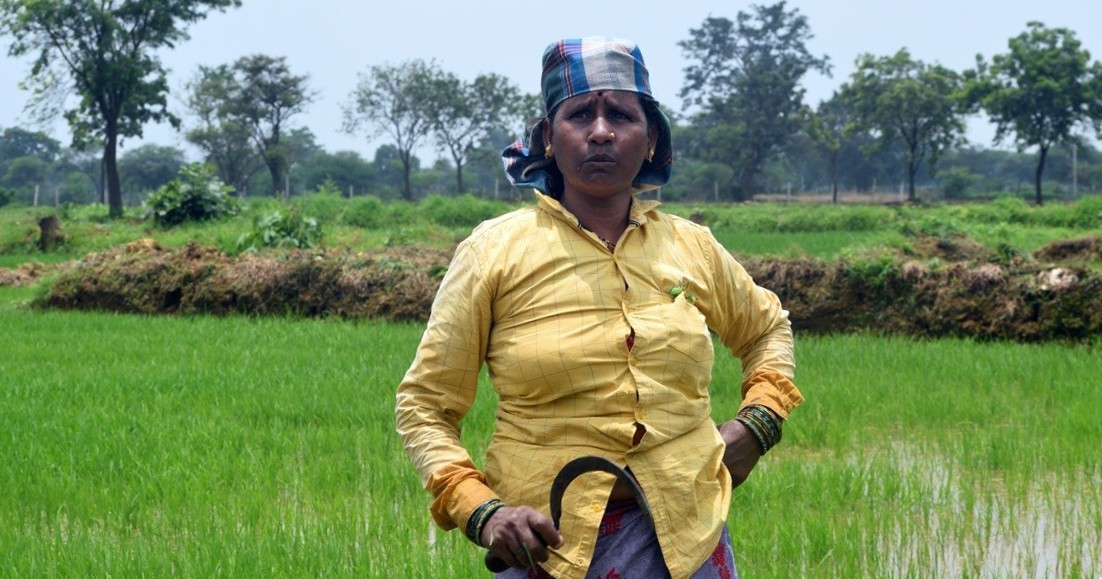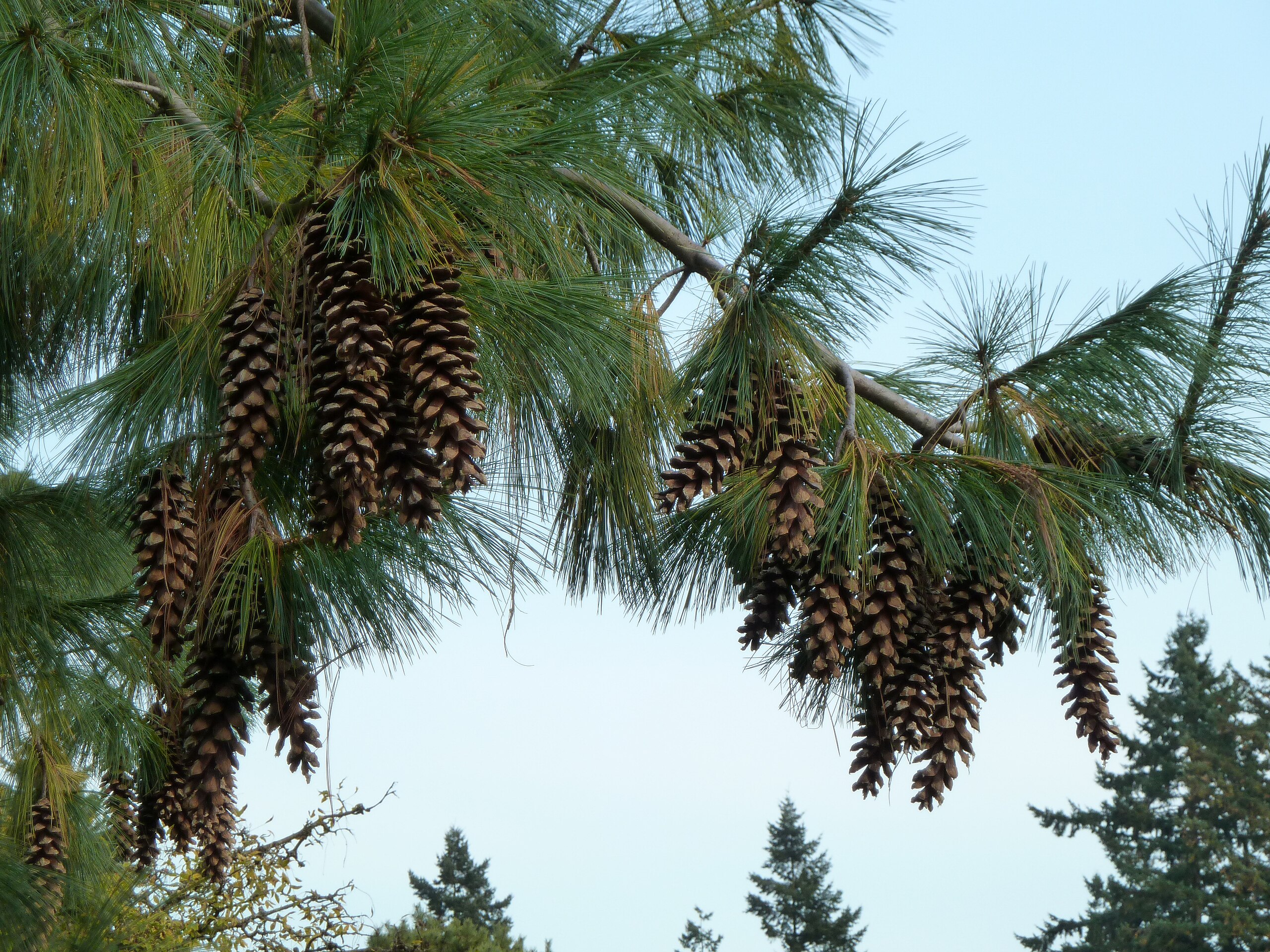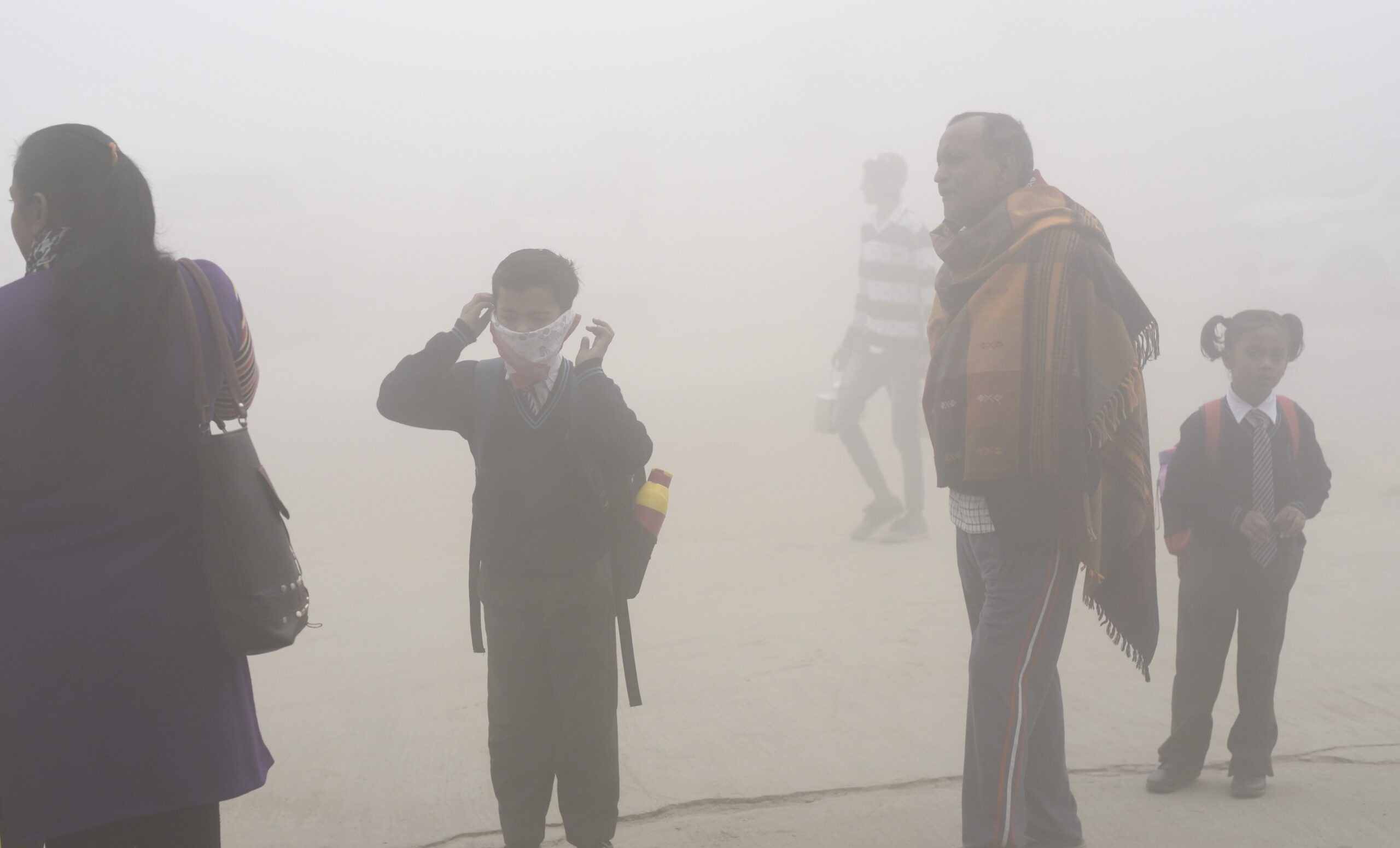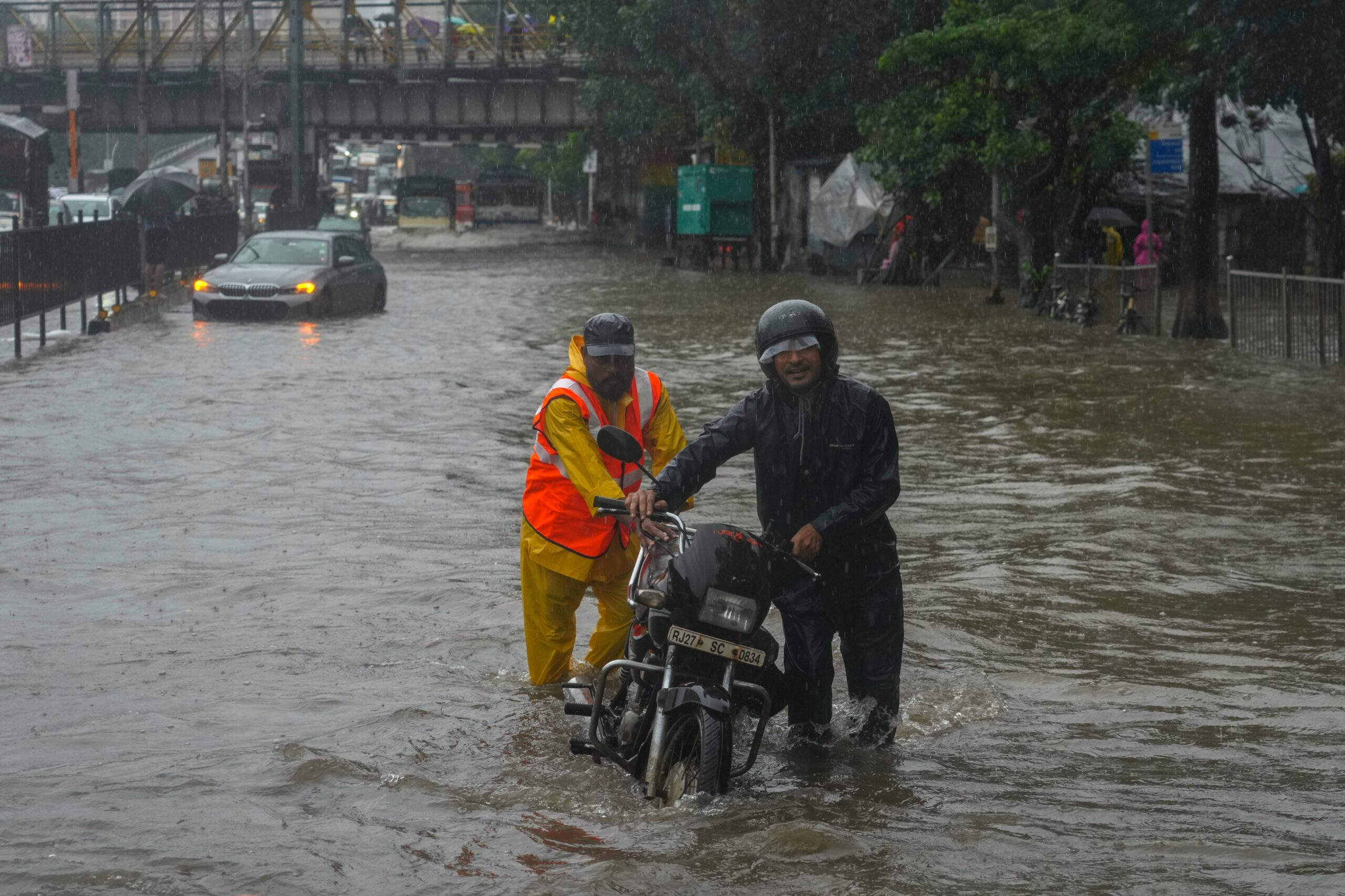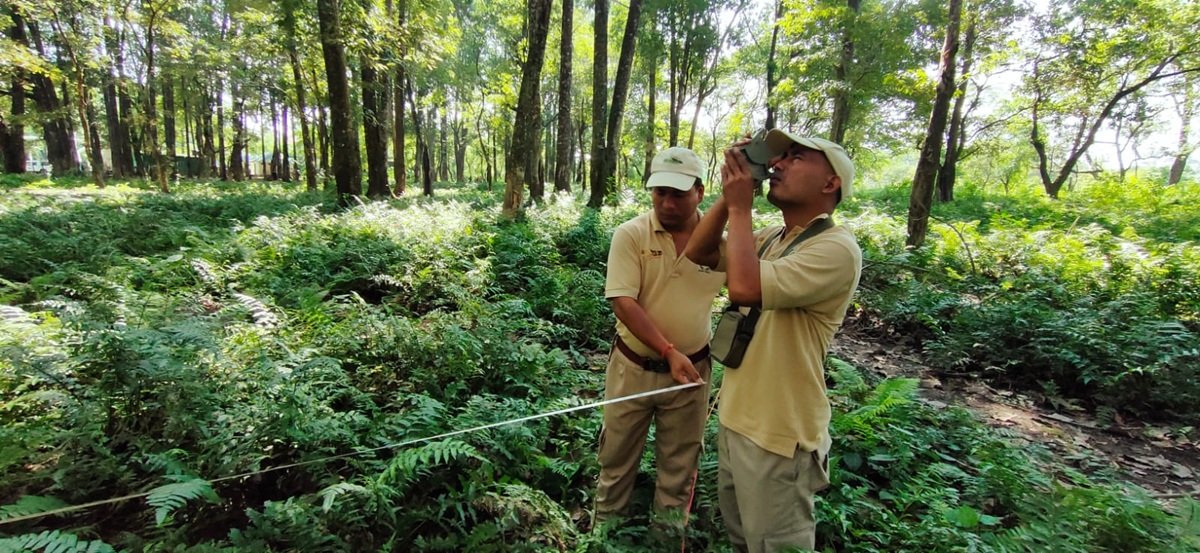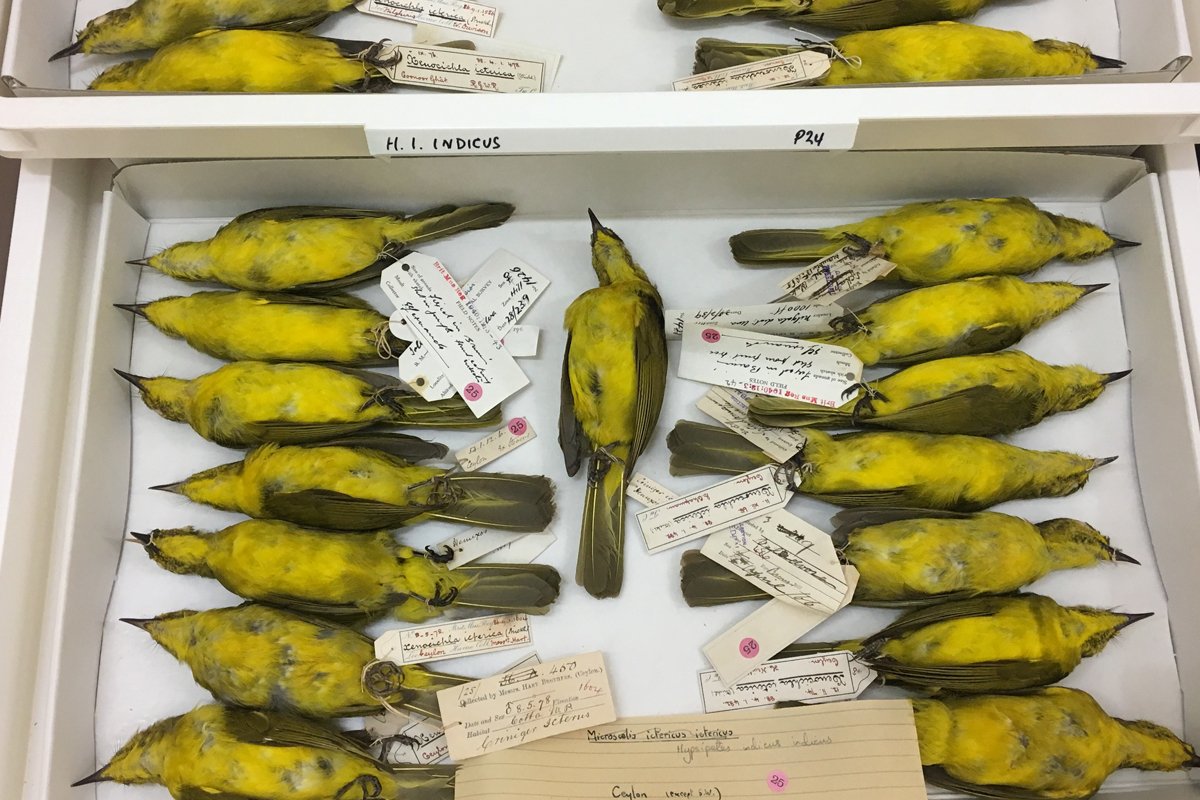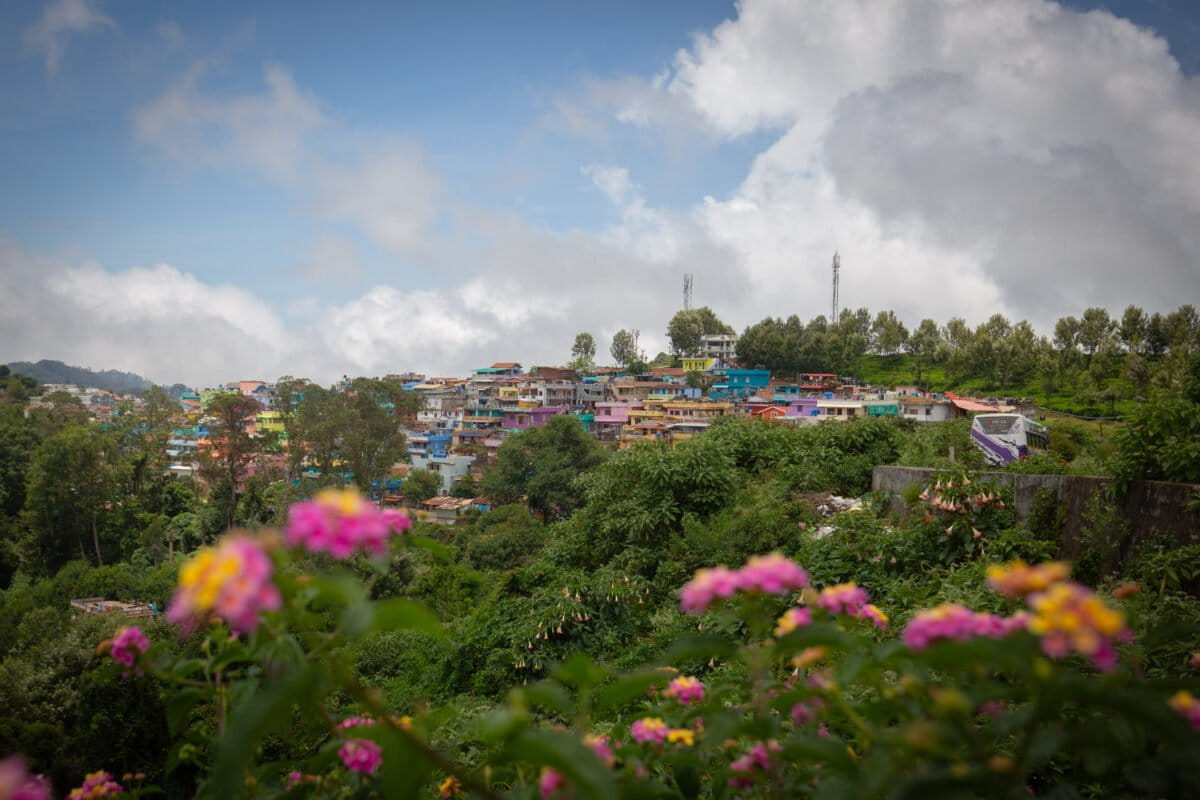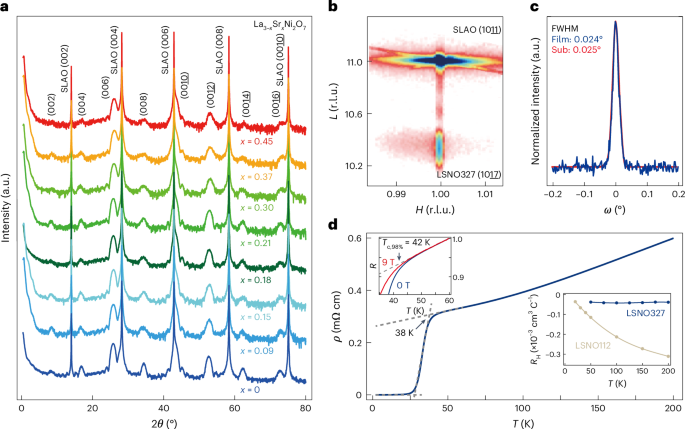
- Climate change is reshaping India’s agricultural landscape, forcing farmers and communities to adapt to unprecedented changes.
- The inclusion of climate change’s impact on agriculture in India’s national economic surveys, is a significant milestone.
- The interplay between climate change and food security is no longer a distant concern but a pressing reality.
- S. Gopikrishna Warrier, Editorial Director of Mongabay-India, shares insights on how journalism can illuminate these challenges and drive meaningful action.
Farmers Shubhash Chandra Bose from Latehar, Pinki from Saraikala, and Chandradeo Ghami from Bokaro districts in Jharkhand were struggling with similar issues – changing rainfall patterns, declining agricultural production, increased use of chemical fertilisers and pesticides, land degradation, changes in the quantity and quality of forest produce, and climate-induced migration.
After dealing with these pressing issues for years, they finally found a platform to raise their concerns among key stakeholders, learn collaboratively, think, debate, and even come up with possible solutions. This platform is the Conference of Panchayats, a local initiative spearheaded by the Policy and Development Advisory Group in collaboration with social impact advisors Asar and Damodar Bachao Abhiyan.

The challenges faced by the farmers in these villages are not isolated. Across India, climate change has begun to reshape the agricultural landscape, forcing farmers and communities to adapt to unprecedented changes. In this context, S. Gopikrishna Warrier, Editorial Director of Mongabay-India, shares insights on how journalism can illuminate these challenges and drive meaningful action.
The changing landscape of agriculture
Reflecting on his journey since the 1990s, Warrier shared that reporting on climate change and food security was once in its infancy, focused mainly on macro-level discussions.
“It is in the last decade that climate change discussions vis-à-vis agriculture have become deep and nuanced.”
A significant milestone has been the inclusion of climate change’s impact on agriculture in India’s national economic surveys, marking its entry into mainstream policy discourse.
Situated in the tropical latitudes, India benefits from favourable climate patterns that bolstered food production. These conditions were instrumental during the 1960s Green Revolution, which transformed the Indo-Gangetic plains into a hub of agricultural productivity, explains Warrier.
“The Indo-Gangetic plains, which has a network of rivers flowing from the Himalayas combined with irrigation canals, became the theatre for implementing the Green Revolution,” adds Warrier.
The government supported farmers with improved seeds, fertilizers, pesticides, and financial credit. With this support, farmers from the Indo-Gangetic plains could increase their farm productivity and production dramatically. This helped India transition from dependency on food aid to achieving food self-sufficiency.

However, as global temperatures rise, these favorable conditions are shifting.
“Climate change is already causing changes in India’s rainfall patterns, with the systematic, cyclical nature of the southwest monsoon being replaced by a string of extreme weather events such as cyclones (that result in floods) and droughts. This has already started impacting India’s agricultural production adversely,” says Warrier. In addition, India’s agricultural belt could move north of the Indo-Gangetic plains, and this in turn could lead to lowering of agricultural production, he explains. The combination of extreme weather and the northward shift of temperature belts could challenge India’s food security, requiring proactive measures from policymakers and farmers alike.
Groundwater depletion is a looming crisis
Groundwater, the lifeline of agriculture in many parts of the country, is under severe threat. A recent study by IIT Delhi and NASA’s Hydrological Sciences Laboratory found that north and northwestern parts of the country have experienced a staggering loss of 64.6 billion cubic metres of groundwater over the past two decades.
Punjab is currently the country’s highest extractor of groundwater. According to the Dynamic Ground Water Resource Assessment Report of 2024, Punjab extracted 156% of its groundwater. In addition, the states of Rajasthan, Uttar Pradesh, Haryana, and capital Delhi also extracted more than 100% of their groundwater reserve.
Warrier explains that highlighting data-driven narratives can spark public awareness and foster policy interventions to ensure sustainable water use.
“Media can publish stories on how deep the groundwater has fallen in the past years, so that there is a greater judicious use of groundwater,” explains Warrier.
Agroforestry: A missed opportunity
While agroforestry has gained global traction, India’s adoption remains significantly below the international average – only 17% of agricultural land is under such practices, compared to the worldwide average of 43%. Warrier attributes this gap to shrinking agricultural landholdings, with most farmers owning less than two hectares.

“The media can highlight the importance of agroforestry for diversifying income sources, and could encourage smallholder farmers to collectivise farming so that they can plant agroforestry species at the periphery of their collective land parcels,” says Warrier.
Bridging the gap
The disconnect between agricultural science in research laboratories and on-ground realities continues to hinder progress. Warrier stressed the importance of integrating effective communication into agricultural extension processes.
“Good communication could become part of the agricultural extension process so that research from the labs can reach the farmers, and the realities from the farms are communicated to the scientists,” explains Warrier.
The interplay between climate change and food security is no longer a distant concern but a pressing reality. In the years to come, journalists have an important role in not just reporting on these challenges but also shaping narratives that inspire action.
Banner image: A farmer in Maharashtra’s Palghar district. Image by Climate Change, Agriculture and Food Security via Flickr (CC BY-NC-SA 2.0).







